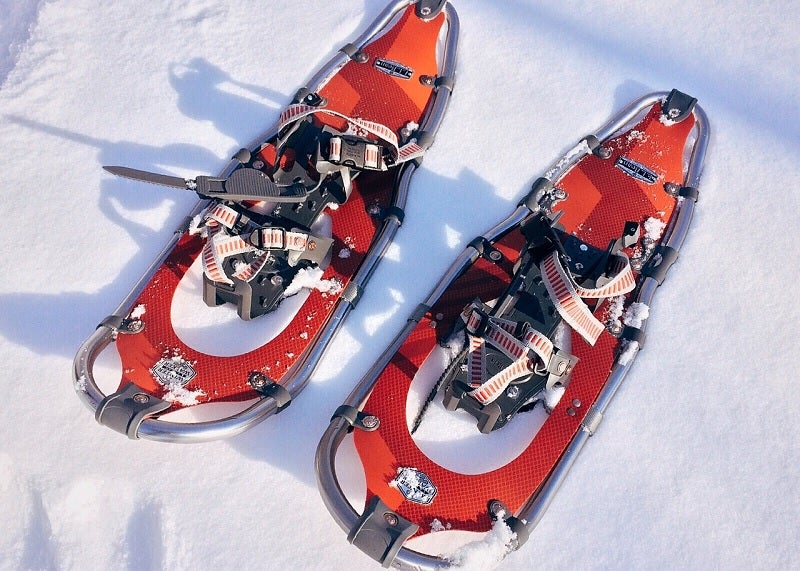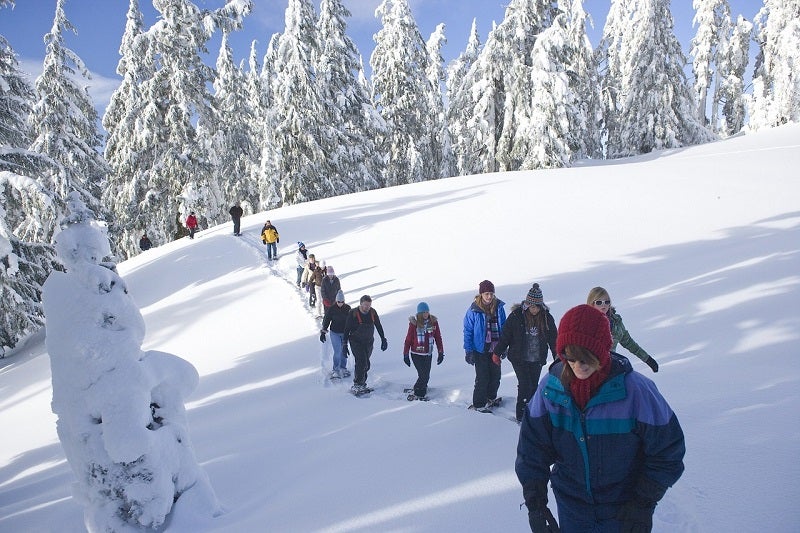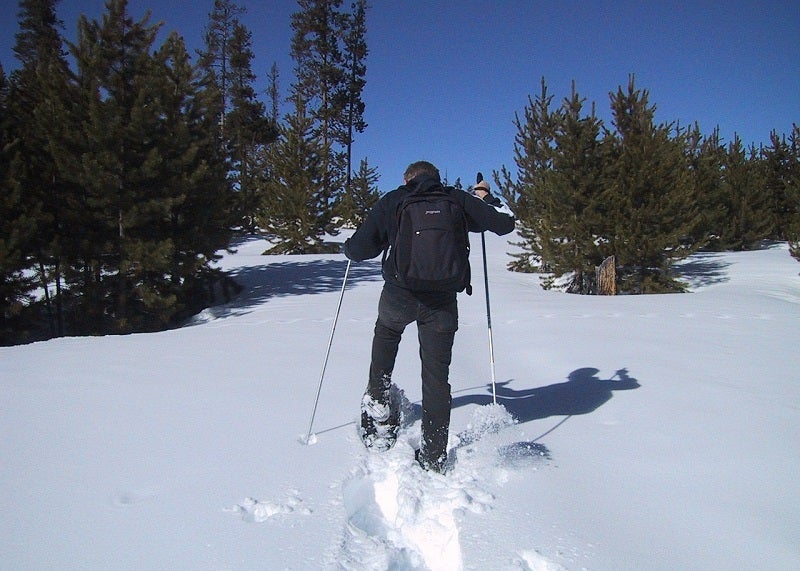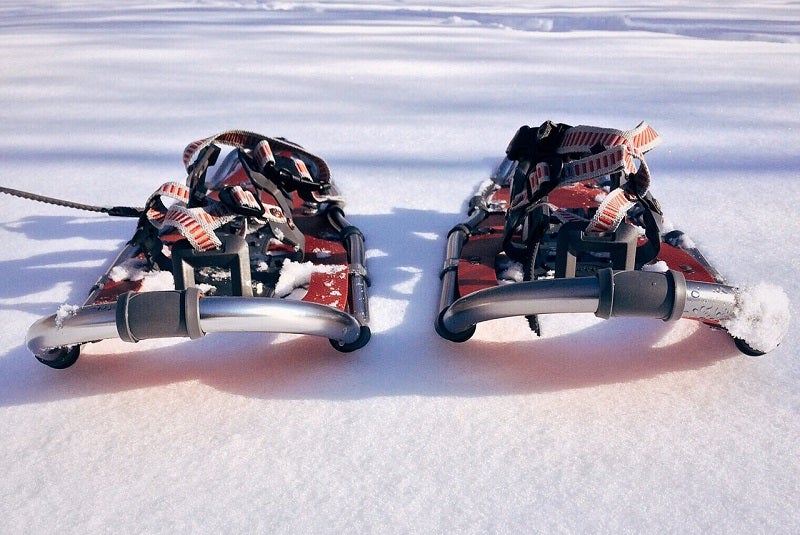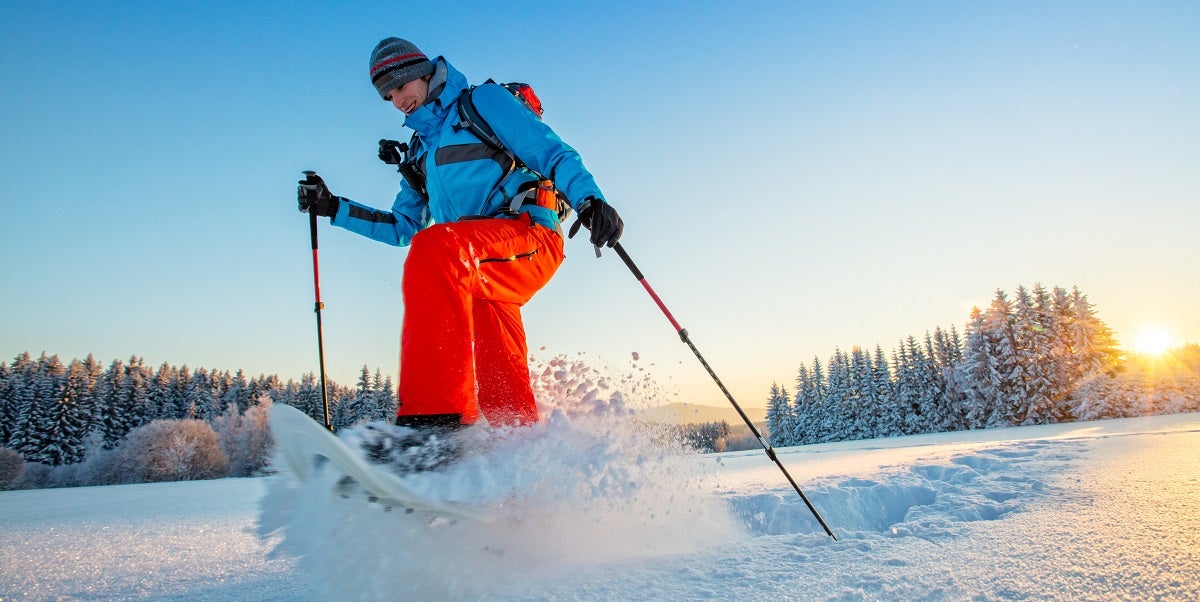
Our Editors independently research, test, and rate what we feel are the best products. We use affiliate links and may receive a small commission on purchases.
Winter can be a challenging time to find things to do to entertain your family, yourself, and maybe even your dog.
With the weather reaching below freezing in some areas and the ground being so heavily coated in snow, it can make leaving your house seem like the ultimate ninja warrior challenge.
Luckily for folks this year, snowpocalypse will be returning. The snow will come early, it will hit hard, and it will cover everything. And yes, I meant to say “luckily.”
Snow is an excellent resource for getting water, keeping soil young and healthy, and entertaining your children. It is not something to be feared.
So the next time you and the family are sitting inside by the warmth of the fire, continue taking a journey through the beautiful and mystical snowfall. The best way to fully experience the snow and the majesty of the winter months is by taking your first snowshoeing trip.
A couple of years ago, I went snowshoeing with some friends up in rural Idaho for the first time in my life. What I assumed was going to be a difficult trek that would prove hard on my feet and legs ended up being one the most incredible experiences of my life.
Snowshoeing opened my mind up to the winter season. Before, I had never been on a snowy mountain, had no prior interest in winter sports like snowboarding and skiing, and I absolutely hated the feeling of being simultaneously cold and wet.
Snowshoeing completely turned around all my previous notions about this amazing season.
Snowshoeing, although a slow means of transportation, is actually quite a good workout. It really targets the finer muscles in your legs and lower back to strengthen them and increase stamina.
It also works as an excellent cardiovascular workout because moving in the snow can sometimes be difficult, but it is absolutely worth the experience and the devotion.
Choosing the Proper Snowshoes
Snowshoes can be difficult to pick. When I bought my first pair I kept finding myself going back and forth about what style to buy. There are so many different styles of snowshoes that work on a variety of terrain.
Some snowshoes are long and slender and made for backcountry snowshoers. Others are wide and short for runners who continue to workout in the winter.
Some snowshoes even come in extra large sizes for especially deep and powdery snow. Choosing the proper pair of snowshoes is important because choosing the wrong ones can really change your perspective on the sport.
If you are going for a more casual, flat-terrain hike, perhaps choosing a snowshoe that is more narrow and short could be the better option.
When the terrain is fairly mild, you don’t have to use special techniques to walk and therefore don’t need specialty snowshoes. Aside from snowshoes, snow boots are another important investment to make if you plan to pick up this hobby.
During my first trip, a friend of mine thought it would work out perfectly to wear her summer hiking boots with her snowshoes, that way she didn’t have to buy an additional pair.
About 30 minutes into the trek her toes were beginning to feel cold, another hour later and she was complaining that her toes were so cold she may not be able to continue.
Proper foot protection is critical when you are exploring the outdoors. If you lose the ability to use your feet, you essentially become stranded and often require emergency assistance to make it back to safety.
Choosing proper footwear is no joke. When you are planning a snowshoe hike, be sure you have chosen boots that both keep your feet warm and dry, as well as fit effortlessly into the snowshoes you picked.
Lastly, consider getting a pair of snowshoe/hiking poles. Using them will help with your balance and aid when ascending hills.
Picking Snowshoeing Trails
Picking the proper trail to take your first adventure on is all about the style of walking you hope to do. If you are an avid warm-weather hiker, you know that there are about a million and one different styles of trails.
There are trails of mud that steal your shoes with each step; there are trails that basically climb all the way up to the clouds; and there are trails that feel like they are going into the center of the Earth.
All terrain is different and each type of terrain requires a certain style of snowshoeing. If you are a novice snowshoer, you should be checking out trails that will give you some experience in the variety of walking styles.
Walking uphill requires a certain type of step in your snow boots, just like walking downhill requires its own step as well. Try to be proactive and gain some experience walking on a variety of terrain.
Be sure that you have chosen a path that matches your level of experience. Walking in snowshoes is easy to pick up on, but very different from normal walking. You have to adjust the width of your step, the length of your stride and your timing.
In my experience, my favorite trails to hike are ones that require little uphill work. Walking uphill in snowshoes is really hard and requires a lot of practice and there are certain techniques that you must follow if you don’t want to slide down a mountain face, which I surely do not.
Staying Safe
Safety is critical anytime you are planning to leave the densely populated urban city and head into the rural wild. There are particular safety measures that you have to take when you are doing any kind of exploring in the winter.
First, you need to be sure that you are arriving at your destination safely.
Many trails and campsites require a bit of offroading to reach, so if you are not an experienced off-road driver, be sure to let someone else take the wheel. Off-roading, like snowshoeing, is actually hard and requires practice.
Not to mention the additional stresses of slick ice and snow on the ground. Let the person with the most experience lead the parade.
Another important element to remember is what you have packed with you. Check out this brief (though certainly not comprehensive) list of the items you absolutely need in your pack if you are going to wander in the snow:
- Firestarter and lighter
- Gloves and socks, heated socks
- Nitrile gloves and oven bags to keep your hands and feet dry
- Compass and map/GPS
- Emergency locator beacon and/or avalanche beacon
- Insulated seat cushion
- Spare meals
- Hydration pack, water filter
- Means of protection (bear mace, pepper spray, handgun if necessary)
- Lightweight jacket
- Waterproof tarp
Another important element of safety that often goes unchecked is the checkpoint. Be sure you have given the location, itinerary and whereabouts of your group to a close relative or friend who will not be joining the adventure.
Someone in the city needs to have all the information about your trip. Be sure if you have established check in times, you actually check in on time.
Tell whoever you plan to call that if they don’t hear from you within 24 of the check in call time, they need to notify emergency services for potential rescue.
Warmth is also critical in the winter. Many people have been known to freeze to death because they didn’t take proper precautions to maintain their body heat.
Little hack I have tried for the last year or so: wear a winter wetsuit designed for surfers. They are excellent at keeping your entire body insulated. If you get too hot, simply remove your heavy winter coat and switch to your lightweight jacket.
Proper Maintenance
Maintenance is critical in this sport because of the amount of moisture your snowshoes experience during a hike. Snowshoes are typically made of various types of metals and plastic.
Metal and plastic can both be worn by the presence of moisture so it is important to take good care of your snowshoes or you might end up replacing them every year or so.
Snowshoes should be inspected before and after each use. The most important thing to check in your snowboots are the adjustable straps.
Typically, the straps are the first thing to wear down and fail, just like straps for snowboarding. Be sure you double-check their integrity before beginning a new adventure and before storing them for the dry season.
This leads me to proper storage. Too often, snowshoes get stored improperly, still covered in snow chunks (possibly ice), and dripping wet.
This contributes to the quick wear of your shoe, so be sure to wipe them off entirely and store them in a cool dry place where they aren’t likely to see moisture.
It is also beneficial for you to perform annual inspections and cleanings of your snowboots. These basically require taking sandpaper to varnish that is flaking off. It also might mean purchasing new tread for your shoes if it has been worn away by your last couple of treks.
Snowshoeing truly is a magical experience that allows you to connect to nature in a way that you might previously have considered uncomfortable or nearly impossible.
Though it can be challenging and oftentimes cold, it is an excellent workout and a fun way to pass some winter time with your family and friends. Next time you are bored in the winter, make some calls, develop a group, and plan a snowshoeing adventure that will change your life.
Snowshoeing is the not the only way to enjoy magic in the mountains, you should also try cross country skiing. Check out this guide to get started!

